Your RV is a significant investment, packed with appliances and electronics that make life on the road comfortable. Just like any electrical system, it can be vulnerable if you’re not careful. That’s why a surge protector is one of the most critical safety devices you can own, acting as the first line of defense against unpredictable power issues at campgrounds.
While these devices are essential for every RV owner, it’s important to understand their capabilities and limitations. Despite being a powerful tool, a surge protector is not a cure-all for every potential electrical hazard. Our guide will explain what surge protectors can and can’t protect in your RV, helping you make informed decisions to safeguard your camper.

What a Surge Protector Can Protect in Your RV
A quality surge protector, particularly an Electrical Management System (EMS), monitors several aspects of the power coming into your RV. It is designed to shield your sensitive electronics from a range of common electrical problems.
Power Surges
The primary function of a surge protector is to defend against power surges, which are sudden, brief spikes in electrical voltage. There are several types of events that can cause these, including nearby lightning strikes, power grid fluctuations, or the cycling of large appliances at the campground. Each surge protector has a safety threshold, so when one detects a potentially dangerous voltage spike, it’ll divert some electricity away from your RV’s electrical system, protecting everything from your microwave to your laptop.
High and Low Voltage
Consistent, stable voltage is crucial for the proper functioning of your RV’s appliances. Campground power can sometimes be unreliable, leading to periods of sustained high or low voltage.
- High Voltage: Voltages that are too high can overheat and permanently damage sensitive electronics. An advanced surge protector or EMS will detect this overvoltage condition and automatically disconnect power to your RV, reconnecting only when the voltage returns to a safe level.
- Low Voltage: Conversely, low voltage can cause motors in appliances like air conditioners and refrigerators to work harder, leading to overheating and premature failure. An EMS also protects against this by cutting the power when the voltage drops below a safe operational range.
Reverse Polarity
Reverse polarity occurs when the wiring of the hot and neutral wires at the power pedestal is incorrect. This creates a dangerous situation where circuits that should be off remain energized, posing a significant shock risk and potentially damaging appliances. A surge protector will immediately detect this wiring fault and prevent power from entering your RV, often displaying an error code to alert you to the problem.
Open Neutral or Ground
A surge protector will detect issues with open neutral or open ground connections at the pedestal and block power to your RV until these problems are corrected. Here’s what these conditions mean and why they matter:
- Open Neutral: An open neutral connection means the return path for electricity is broken. This can cause voltage to flow through unintended paths, including the RV’s chassis, creating a serious shock hazard. It can also lead to fluctuating voltages that damage electronics.
- Open Ground: The ground wire provides a safe path for electricity to travel in the event of a fault. An open ground connection removes this safety feature, increasing the risk of electric shock and equipment damage.
Frequency Fluctuations
The standard frequency for AC power in North America is 60 Hz. While less common, irregularities in power frequency can sometimes occur, especially with older power grids or faulty generators. Some high-end surge protectors monitor the power frequency and will disconnect if it deviates from the safe range, protecting sophisticated electronics that are sensitive to such changes.
What a Surge Protector Can’t Protect in Your RV
Despite their many benefits, these devices have limitations. Understanding what surge protectors can’t do is just as important as knowing what they can.
Direct Lightning Strikes
While a surge protector can handle voltage spikes from distant lightning, it can’t protect your RV from a direct strike. The energy from a direct lightning hit is immense—far beyond the capacity of any consumer-grade surge protector. Fortunately, lightning strikes aren’t overly common on RVs as long as you follow the basic rules of avoiding them.
Internal Electrical Issues
A surge protector monitors the power coming into your RV. It does not monitor or protect against issues originating from within your vehicle’s own electrical system. This includes problems like:
- Faulty or degraded internal wiring
- Overloaded circuits from running too many high-power appliances at once
- Short circuits caused by damaged wires or malfunctioning devices
Physical Damage
It is important to remember that a surge protector is an electrical device, not a physical shield. It offers no protection against damage from external events or mechanical failures. For example, if a water leak reaches your electrical panel or an appliance catches fire, a surge protector won’t prevent the resulting damage.
Generator-Related Issues
Many RV owners use portable generators for power. A surge protector can offer some defense against voltage fluctuations from a generator, but it may not protect against all potential issues, especially if the generator is poorly maintained. Power “noise” or unstable frequency from a faulty generator can sometimes bypass a surge protector’s defenses.

Additional Tips for Protecting Your RV’s Electrical System
Even though RV surge protection is a key part of your RV’s electrical safety approach, it’s most effective when used alongside other protective practices. To start, regular inspections will be essential. Take time to check your RV’s power cord, outlets, and electrical panel for any wear, discoloration, or damage.
If you ever decide to get a generator, choose a reliable inverter model that supplies clean, stable power. Just make sure you follow the manufacturer’s maintenance guidelines closely and keep it well-maintained.
During severe electrical storms or when your RV is in storage for a while, disconnecting from shore power can prevent damage from surges and is a prudent precaution. It may be inconvenient at times, but it can be worthwhile in the long run.
Understanding how your RV’s circuit breakers work is also essential, as these are your main defense against internal overloads and short circuits. Make sure breakers are properly rated and functioning as intended.
Lastly, practice safe power habits by monitoring how many high-draw appliances you have running at once, which reduces the risk of circuit overloads. Following these steps provides balanced protection for your RV’s electrical system.

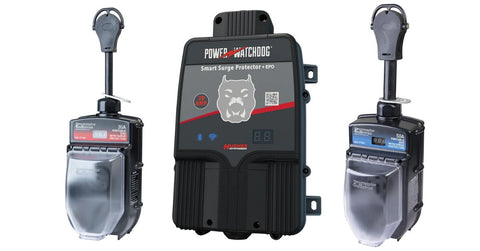
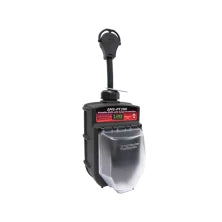
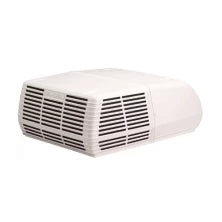
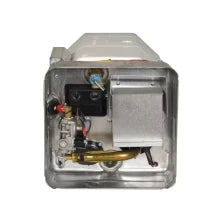
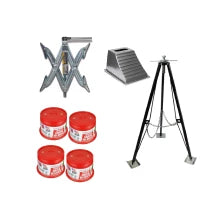
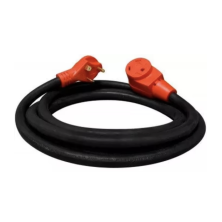
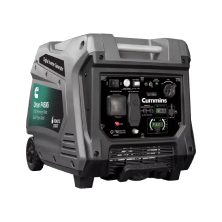

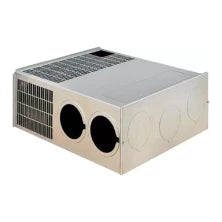


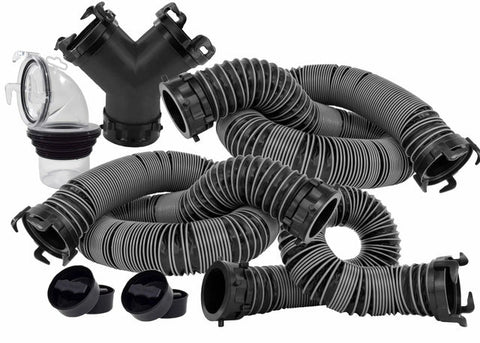
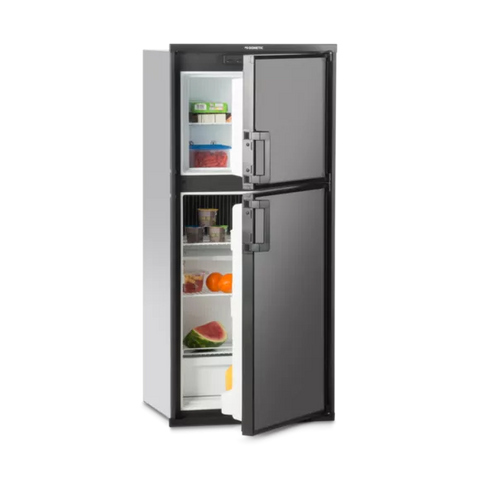
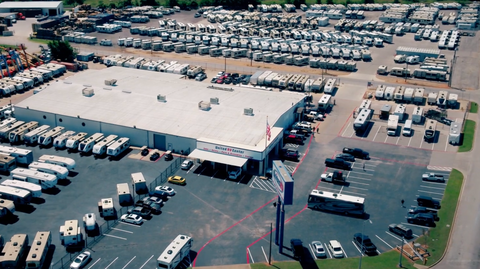
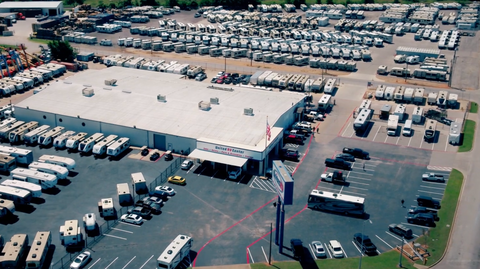
Comments (0)
There are no comments for this article. Be the first one to leave a message!